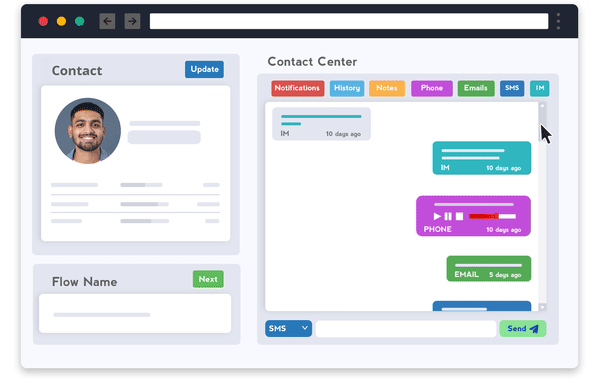
Implementing Optimum Business Messaging with Low Code Modular Software
Optimum Business Messaging offers a powerful solution to streamline and enhance communication processes within organizations. By leveraging low code modular software, businesses can revolutionize their messaging infrastructure and optimize workflows. With its user-friendly interface and robust features, Optimum provides a seamless and efficient way to connect with team members, partners, and customers.

Benefits of Using Low Code Modular Software
Firstly, it significantly reduces the time and effort required for message development and implementation. The modular approach allows for the quick assembly of messaging components, eliminating the need for extensive coding or development resources. This not only accelerates the messaging process but also enables businesses to adapt and respond rapidly to changing communication needs.
Additionally, the low code nature of the software empowers non-technical users to take control of messaging tasks. With intuitive drag-and-drop interfaces and pre-built components, team members from various departments can easily create, customize, and deploy messages without relying on IT teams. This fosters collaboration and empowers individuals to contribute to the messaging strategy, resulting in faster communication cycles and increased productivity.
Integration with Existing Systems
Optimum Business Messaging seamlessly integrates with existing systems, ensuring a smooth transition and cohesive communication across the organization. Whether it's integrating with customer relationship management (CRM) software, enterprise resource planning (ERP) systems, or other messaging platforms, the low code modular software provides flexibility and compatibility.
By integrating Optimum Business Messaging with existing systems, businesses can centralize their communication channels, ensuring a unified approach and consistent messaging across all touchpoints. This integration not only enhances efficiency but also enables businesses to leverage existing data and insights to create personalized and targeted messages. The seamless flow of information between systems empowers teams to make data-driven decisions and deliver impactful messages that resonate with their audience.

Implementation Best Practices
Successful implementation of Optimum Business Messaging with low code modular software requires careful planning and execution. To ensure a smooth transition and maximize the benefits, businesses should follow some best practices. Firstly, it's crucial to define clear objectives and establish key performance indicators (KPIs) to measure the effectiveness of the messaging strategy. This helps align the implementation process with the overall business goals and ensures a focused approach.
Furthermore, involving key stakeholders from various departments in the implementation process is vital. Their insights and perspectives can contribute to a comprehensive and well-rounded messaging strategy. Additionally, providing thorough training and resources to users will empower them to utilize the software effectively and make the most out of its features. Ongoing monitoring and evaluation of the messaging performance, coupled with regular feedback loops, enable businesses to fine-tune their strategy and continuously improve their messaging efforts.
Conclusion
Don't miss out on this opportunity to transform your communication strategy. Choose Optimum Business Messaging and optimize your messaging workflows. Empower your teams, enhance productivity, and deliver impactful messages that resonate with your audience. Take your business communication to the next level with Optimum today and fill out a form for an Introductory Consultation!